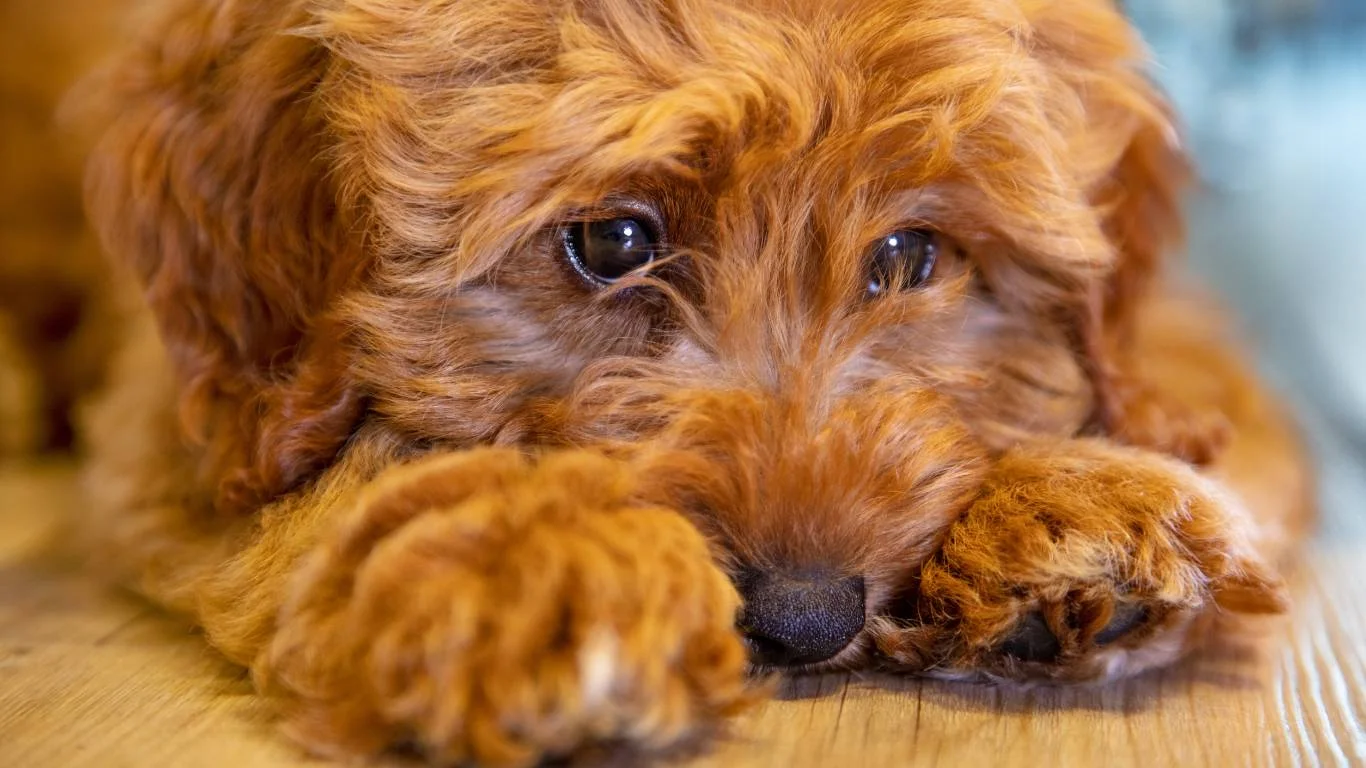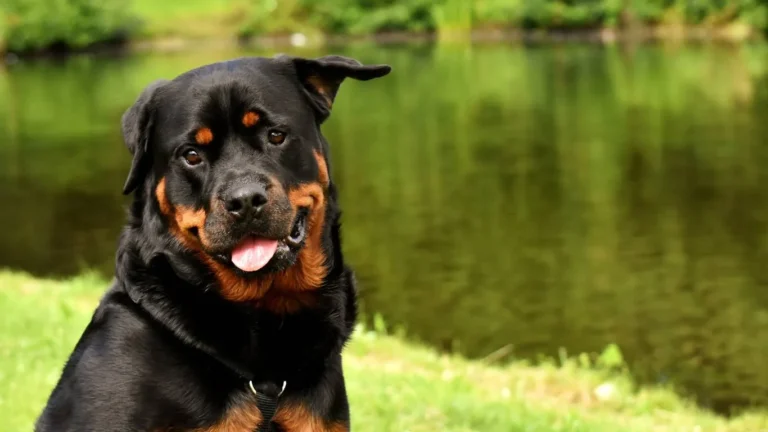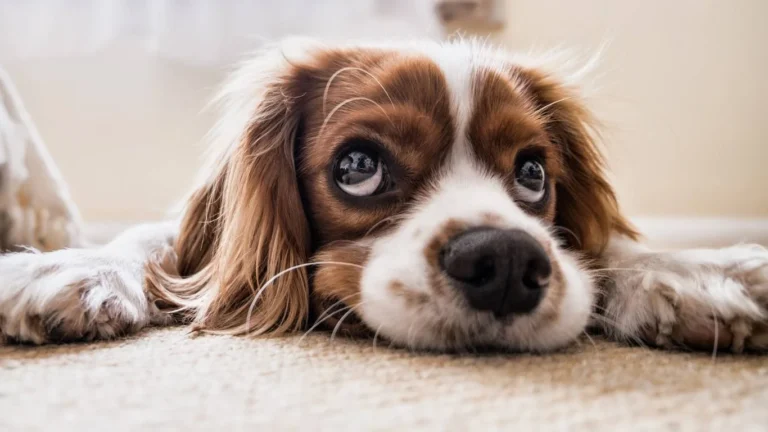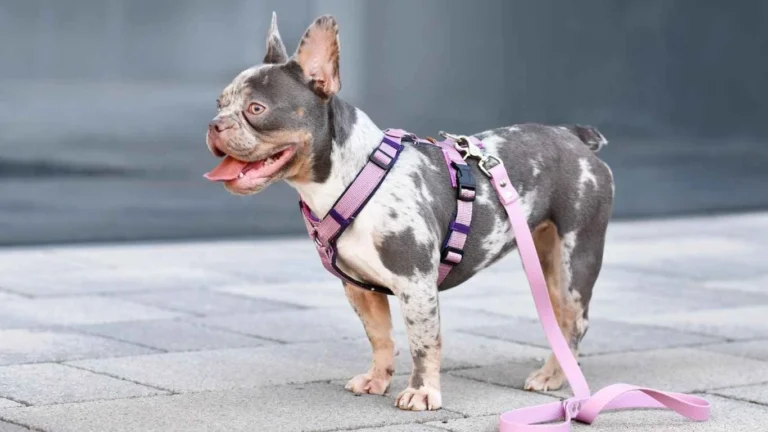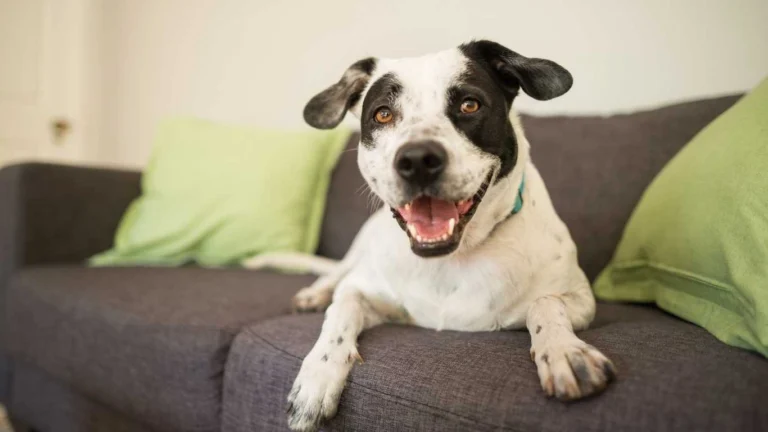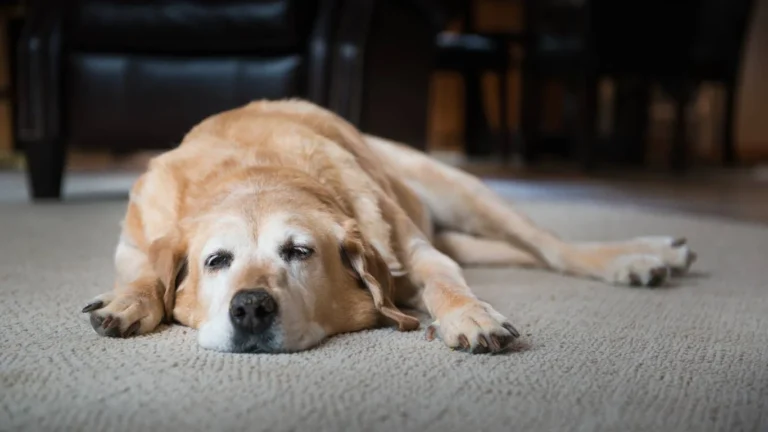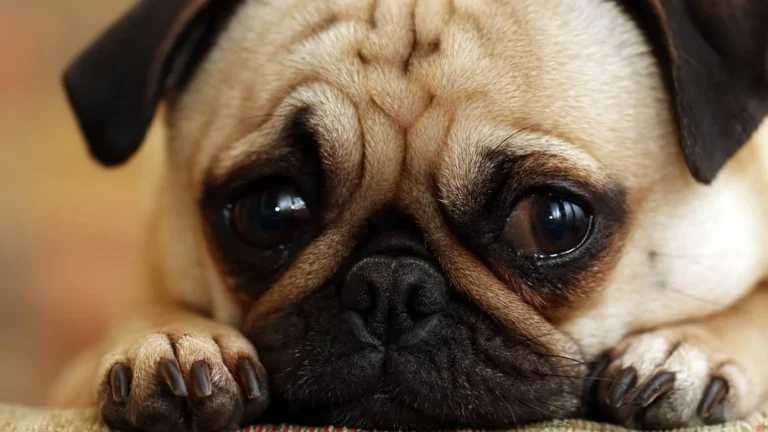How to Help a Dog After Anesthesia: Calm Recovery Tips That Work
If you’re wondering how to help a dog after anesthesia, you’re absolutely not alone. As someone who’s worked hands-on as a Veterinary Assistant with a special focus on nutrition, I’ve had countless pet parents ask me, sometimes in panic, “Is this normal?” right after their pup gets home from surgery. And honestly, I get it. Anesthesia can leave your dog acting woozy, groggy, or just…off. It can be a little scary to watch. But here’s the good news: with the right care, awareness, and a bit of patience, your furry best friend can bounce back more smoothly than you might think. So let’s dive in—real talk, vet clinic experience, and no stiff textbook lingo.
Understanding What Your Dog Is Going Through Post-Anesthesia
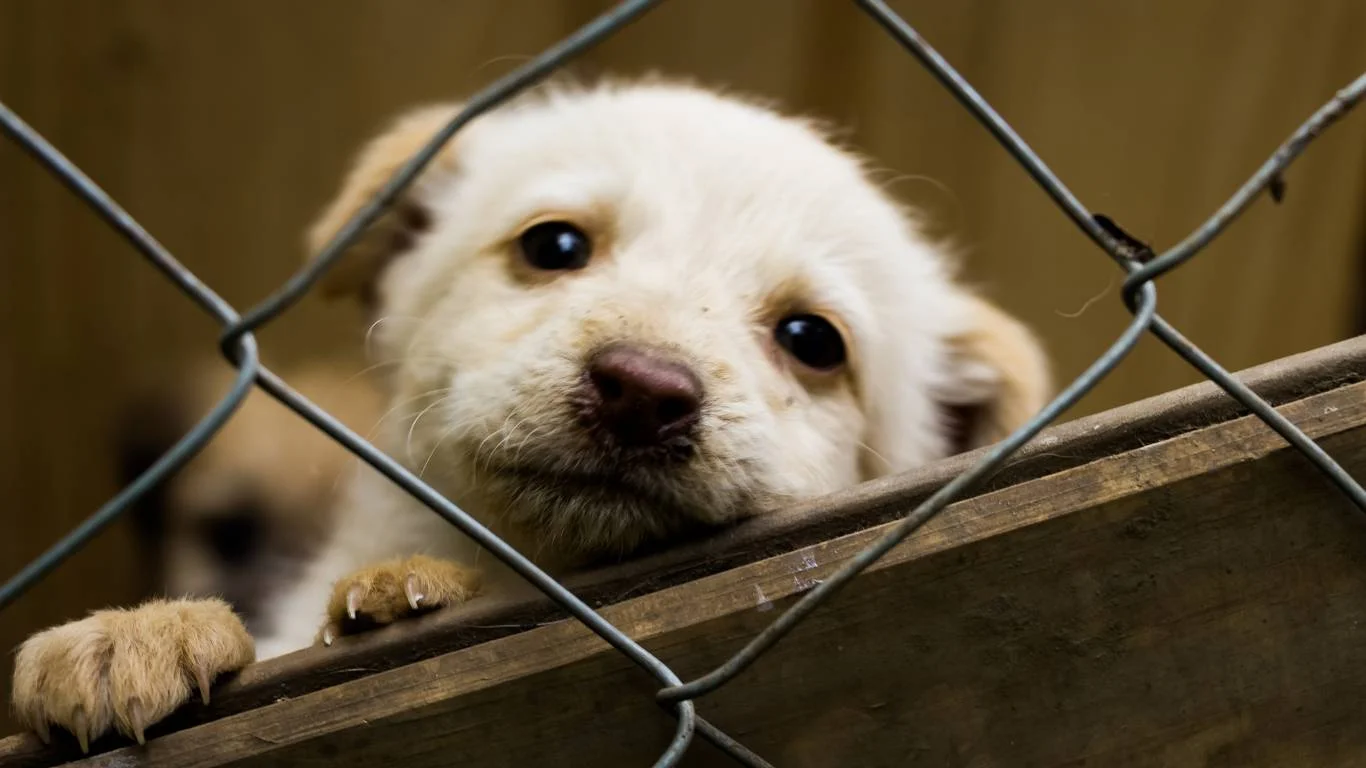
Every Dog Reacts Differently—And That’s Totally Normal
I’ve seen hundreds of dogs wake up from anesthesia, and no two reactions are ever quite the same. Some dogs snap back with a tail wag and puppy eyes within an hour or two. Others look at you like you’re speaking alien and refuse to move for a day. Depending on your dog’s age, size, breed, and even temperament, their response will vary. Senior dogs or those with underlying health conditions (especially kidney or liver concerns) might take longer to clear the drugs from their system. That’s not cause for alarm—it’s biology.
Common Side Effects (That Usually Aren’t Emergencies)
Let’s clear the air on what’s “weird but okay” and what might warrant a vet call. Based on what I’ve personally witnessed in the clinic, here’s what’s par for the course after anesthesia:
- Grogginess or disorientation – Think of it like a hangover for dogs.
- Shivering or cold ears/paws – Anesthesia messes with body temperature regulation.
- Glassiness or dilated pupils – Totally normal as the drugs wear off.
- Whining or restlessness – They might be uncomfortable or confused.
- Lack of appetite – Give it 12-24 hours unless otherwise directed.
Important tip from the field: If your dog had a dental procedure, swallowing too much water right after can make them gag or cough, especially if they’re still numb. Just a heads-up—it can be startling but isn’t always an emergency.
How to Help a Dog After Anesthesia at Home
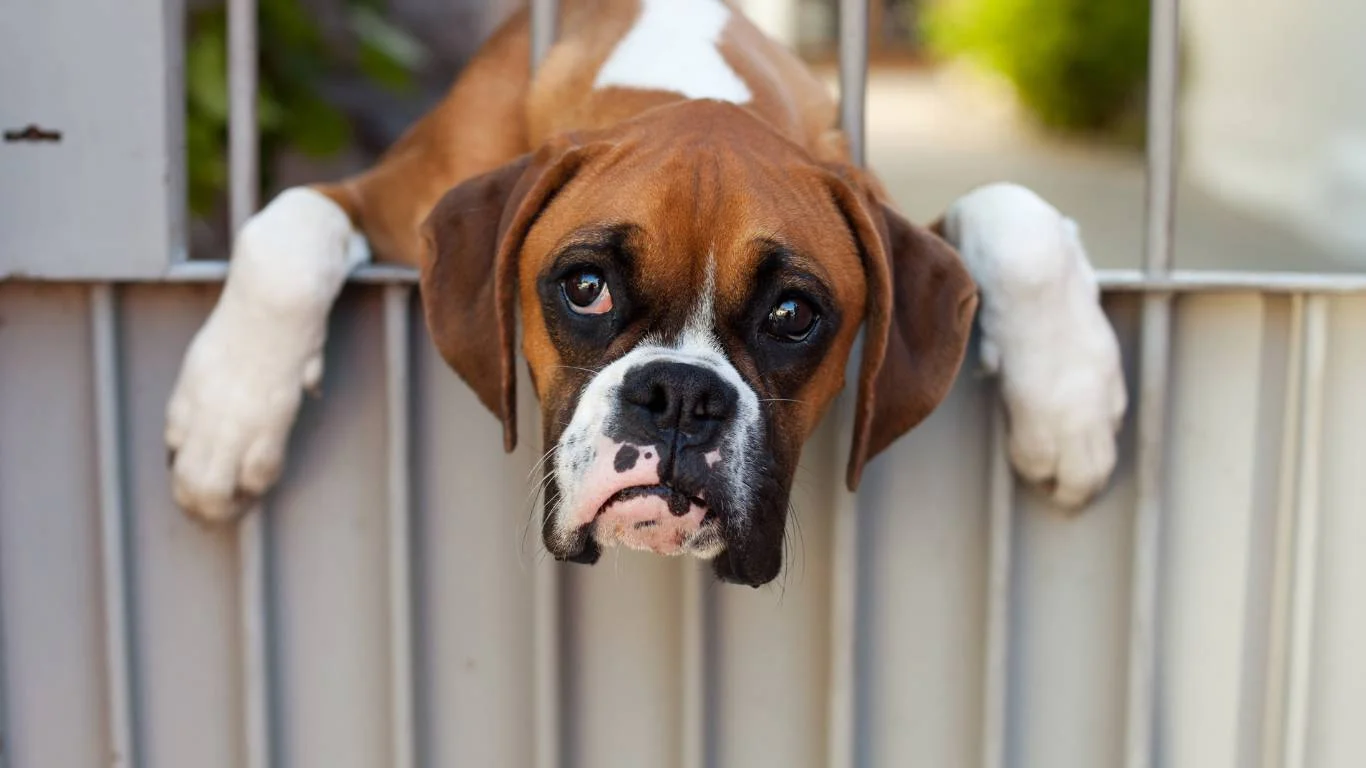
Create a Calm, Comfy Space
First thing I tell dog parents? Keep things low-key. After surgery, your dog doesn’t need excitement. They need quiet. Make sure they have a soft, clean bed in a low-traffic area of the house. No loud music, hyper kids, or jumpy play sessions. Honestly, think spa vibes. The cozier and calmer the space, the better they’ll rest and recover.
Supervise but Don’t Hover
I know how tempting it is to hover over them like a worried parent (because I’ve done it too with my own dog). But try to give them a bit of breathing room. That said, never leave them completely alone for the first few hours. Your dog might try to get up and wobble around, which can be risky. If they stumble or fall, it could lead to injury. So just stay close enough to help if they need it—like a chill bodyguard.
Watch for These Red Flags
Most dogs come out of anesthesia just fine. But I’d be lying if I said you don’t need to keep a watchful eye. From what I’ve seen in clinical settings, here are the symptoms that should prompt a call to your vet ASAP:
- Persistent vomiting – A little nausea is expected, but repeated vomiting isn’t.
- Excessive bleeding or swelling at the incision site
- Difficulty breathing or constant panting that doesn’t settle
- Inability to stand or walk after 24 hours
- Seizures or twitching that seems abnormal
When in doubt, trust your gut. I always tell pet parents: If it feels wrong, make the call. No vet will ever fault you for being cautious.
Nutrition and Hydration: Tiny Tweaks That Make a Big Difference
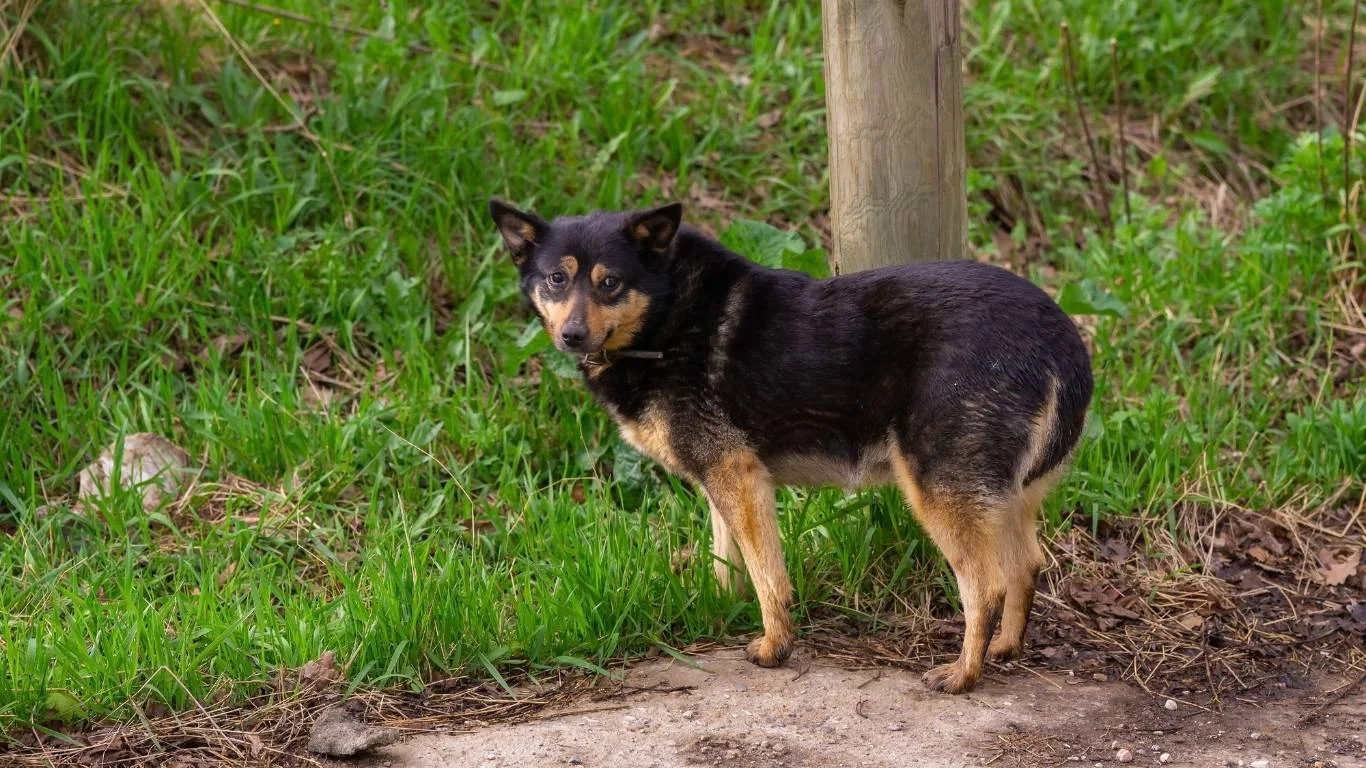
Small Meals, Easy on the Tummy
Here’s where my nutrition focus comes into play. After anesthesia, your dog’s tummy might be a bit off. Offer a bland meal—think boiled chicken and rice or your vet’s recommended recovery food. Don’t give their usual kibble or anything heavy just yet. I’ve watched dogs throw up right after eating because they were offered their normal fatty meal too soon. Start small and soft.
Hydration, But Don’t Force It
Yes, they need water—but slowly. Let your dog sip, don’t let them gulp a whole bowl down right away. Anesthesia can dull their gag reflex and if they drink too fast, it can come right back up. Keep a bowl nearby, but don’t push it. You can even try ice chips if they seem hesitant. Some dogs love it!
Recovery is a process, not a flip-switch. But with the right space, patience, and care (and maybe a little boiled chicken), you’re doing exactly what your dog needs.
Managing Your Dog’s Pain After Anesthesia
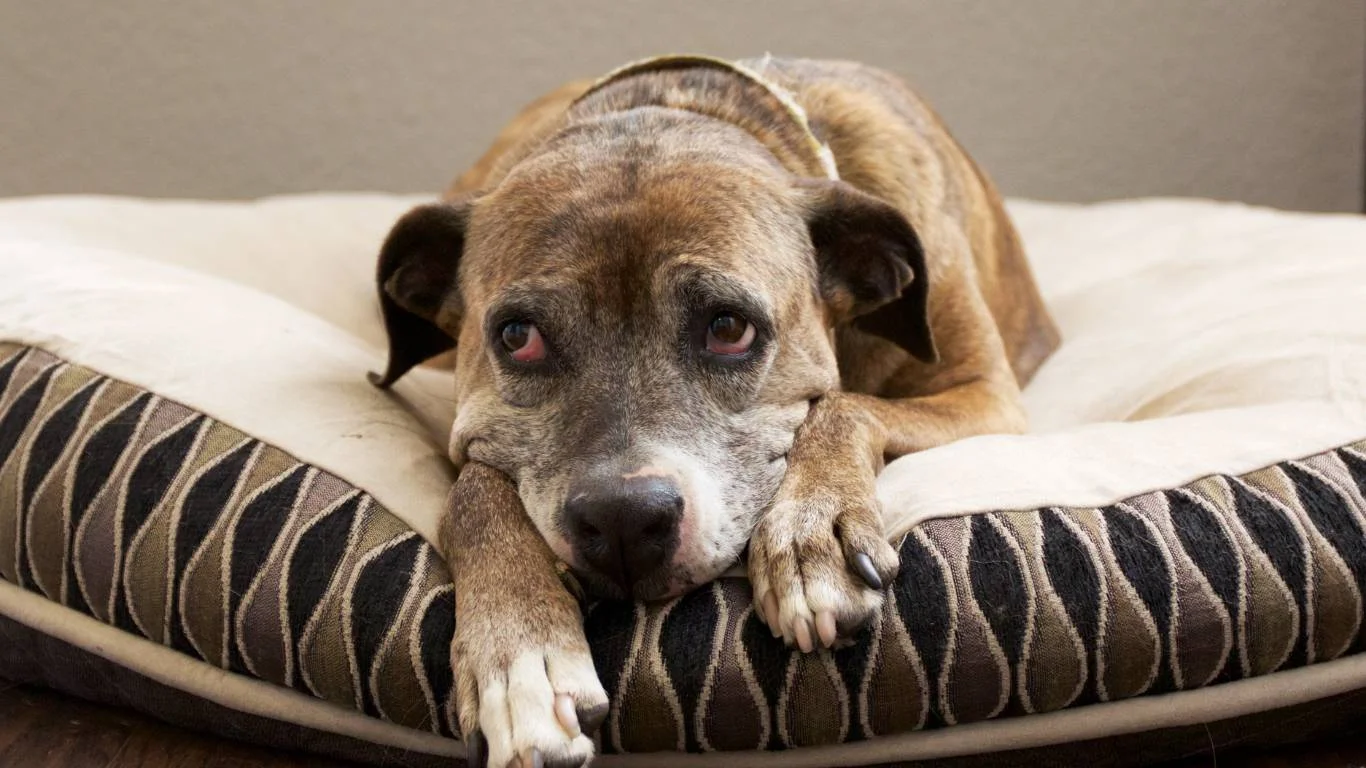
Pain Management Isn’t Optional—It’s Essential
One of the most common misconceptions I hear from pet parents is, “He’s not whining, so he must not be in pain.” I wish it worked that way. But dogs are *really* good at hiding discomfort. It’s a survival instinct. They don’t always cry or yelp—even when they’re hurting. As someone who’s assisted in hundreds of post-op recoveries, let me just say: pain relief isn’t a luxury, it’s a must.
Your vet likely sent you home with pain medication. Give it exactly as prescribed. Even if your dog seems fine, follow the full course unless your vet advises otherwise. And please—don’t substitute human meds like Tylenol or Advil. I’ve seen more than a few emergency visits that started with a well-meaning dose of people pills. It’s just not safe.
Signs Your Dog Might Still Be in Pain
Sometimes it’s subtle. Based on what I’ve seen in the clinic and from pet parents over the years, here are a few signs that could point to lingering pain:
- Reluctance to move or difficulty lying down or getting up
- Whimpering or vocalizing when touched near the surgery site
- Licking or biting the area excessively
- Restlessness—can’t seem to get comfortable
- Changes in breathing—rapid or shallow
If you notice any of these, reach out to your vet. Don’t wait it out. A quick adjustment in the pain plan can make a huge difference in your dog’s healing and comfort.
Keeping Your Dog Safe and Still During Recovery
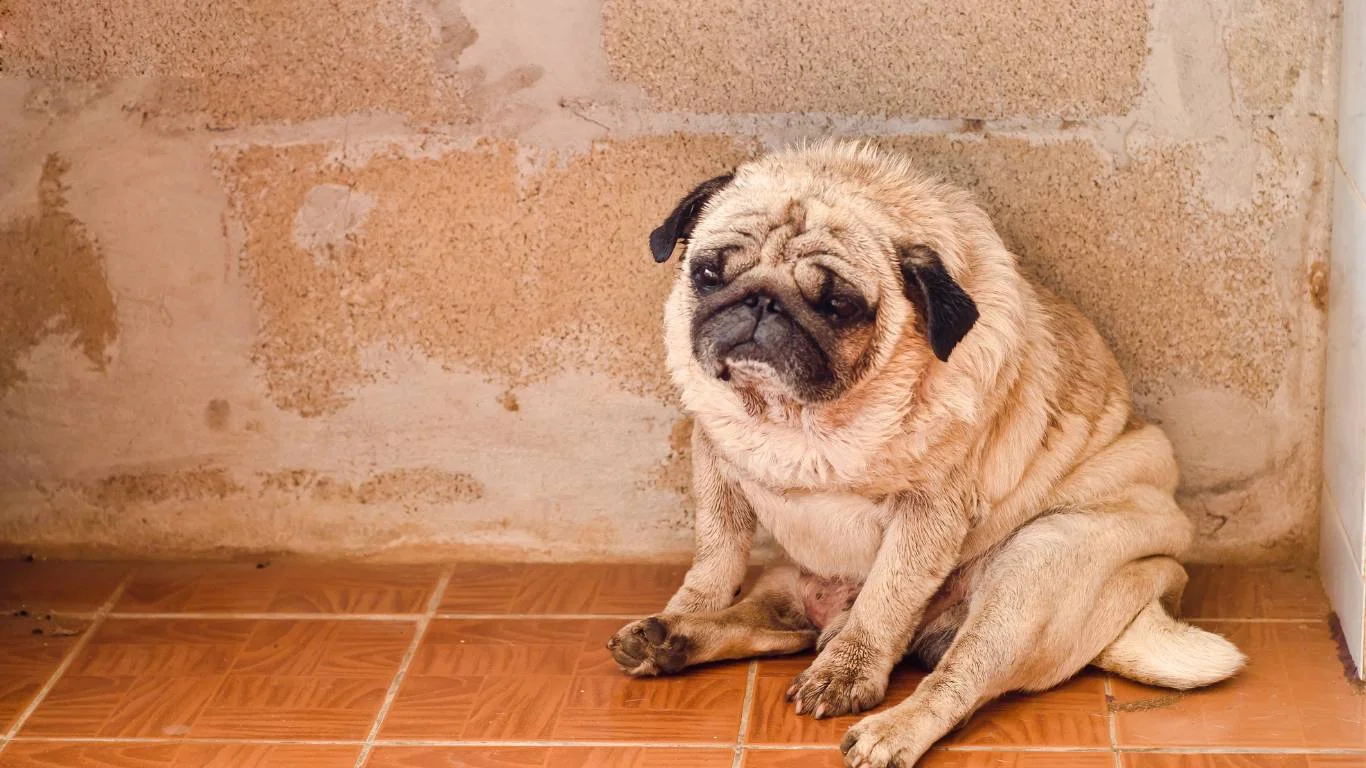
The Dreaded Cone of Shame (a.k.a. The E-Collar)
Okay, I get it—nobody likes the cone. And yes, your dog will act like the world is ending when you put it on. But trust me: the cone is non-negotiable if there’s a surgical incision involved. I’ve had dogs rip out their stitches within hours of going home because someone thought “he won’t mess with it.” Spoiler alert: they usually do.
If your dog absolutely hates the plastic version, ask your vet about alternatives. There are soft cones, inflatable collars, and even recovery suits that can work depending on the location of the incision. I’ve helped plenty of families find something that works without driving their dog (or themselves) totally nuts.
Limiting Movement Is Hard—but Necessary
Here’s the reality: your dog doesn’t know they’re recovering from surgery. After the grogginess wears off, they might feel just fine and want to run, jump, or play. That’s where you come in. They need help making good choices.
Try these methods to keep your pup chill while they heal:
- Use a crate or playpen – Not as punishment, but as a safe, cozy retreat.
- Leash indoors – Sounds silly, but it helps prevent zoomies or couch dives.
- Skip stairs and jumping – Use baby gates or keep them confined to one level.
- Keep playtime mental – Puzzle feeders, lick mats, and frozen treats are your friend.
One time, I had a golden retriever who had TPLO surgery (a big knee procedure). The owner let him roam a bit too freely, and within a day he managed to do the stairs—and tore his sutures. It was a tough lesson for both of us. So yeah, restrictions matter.
Maintaining Incision Site Care (Without Losing Your Mind)
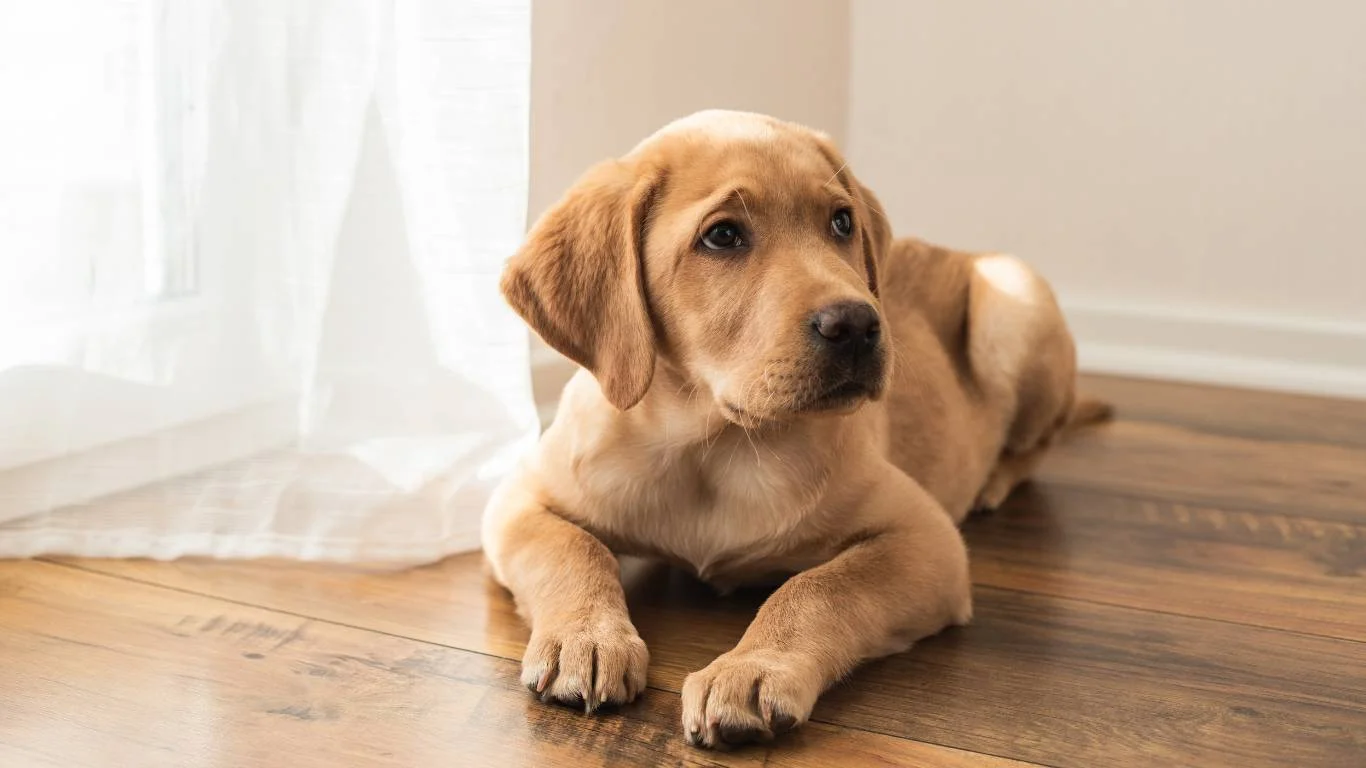
Don’t Poke It—Just Peek
Here’s what I always tell clients: “Look, but don’t touch.” You don’t need to clean the incision unless your vet specifically tells you to. Keeping it dry, clean, and untouched is key. No baths. No wipes. Just a quick visual check twice a day. You’re mainly watching for:
- Swelling or redness that’s increasing
- Yellow or green discharge
- Odor coming from the site
- Open gaps or missing stitches
Don’t panic if the area looks a little red or raised at first. That’s usually part of the normal healing process. But if you’re not sure what’s “normal,” take a pic and call your vet. Most clinics (ours included) are happy to look at a photo before having you drive all the way in.
Preventing Licking or Chewing (The Never-Ending Battle)
This one’s tough. I’ve seen even the best-behaved dogs suddenly become obsessed with their incision. If the e-collar isn’t enough, here are some tricks we use in the clinic and recommend to clients:
- Bitter spray (like Grannick’s Bitter Apple) – Safe to apply around the area, not on the wound itself.
- Onesies or t-shirts – Depending on the location, baby clothes can help block access.
- Frequent supervision – Set a timer and check in every 15–20 minutes during the day.
One of our rescue pups had a habit of licking sutures any time she was left alone. So we layered: t-shirt, cone, AND bitter spray. She looked ridiculous, but hey—no infections, no re-sutures. Totally worth it.
Dealing with Bathroom Breaks and Accidents
Potty Time Might Look Different for a Bit
Don’t be shocked if your dog skips a bowel movement for a day or two post-surgery. It’s usually a mix of fasting, anesthesia, and pain meds. As long as they’re not straining or showing signs of discomfort, it’s normal. But if it goes beyond 48 hours, or they seem bloated or uncomfortable, check in with your vet.
Also, some dogs pee more frequently or have minor accidents—especially if they were catheterized or are still a bit loopy. Be patient, not punitive. You might want to use puppy pads or limit access to carpeted areas for a few days.
In my experience, belly bands or diapers can help with temporary dribbling issues, especially in male dogs. Just make sure you’re changing them frequently to avoid any rash or irritation.
Helping Your Dog Emotionally After Anesthesia
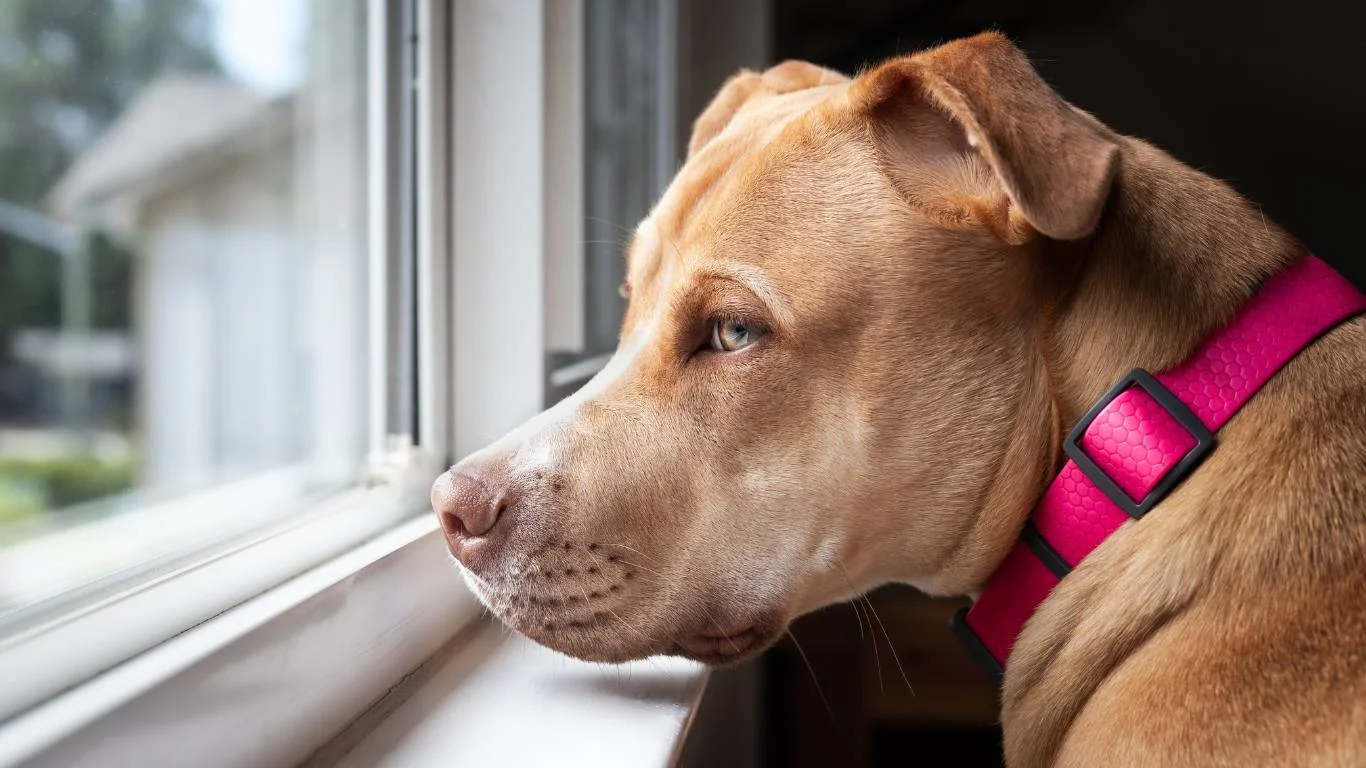
The Emotional Rollercoaster (Yes, Dogs Feel It Too)
One thing that often catches people off guard after surgery is just how emotionally sensitive their dog becomes. I’ve seen it firsthand—sweet, confident pups suddenly become clingy, anxious, or just seem “off.” It’s not all in your head. Dogs absolutely go through emotional ups and downs after anesthesia.
Think about it: your dog just experienced a major event. They were separated from you, poked, shaved, knocked out, and woke up groggy in a strange place. That takes a toll. It’s like they know something weird happened, but they don’t understand what or why. They might follow you everywhere, bark at random, or whine for no clear reason. This is all part of the recovery process, and honestly, it’s where your support matters most.
How to Rebuild Confidence and Security
I always tell clients: healing isn’t just physical—it’s emotional too. Try these low-stress ways to comfort your pup as they bounce back:
- Extra cuddles and affection – Sometimes your presence is the best medicine.
- Soothing background noise – Soft music or even a TV show can help calm nerves.
- Stick to routines – Feed and walk at the usual times to create a sense of normalcy.
- Positive reinforcement – Gentle praise and treats when they’re calm or brave.
One of my favorite moments was when a nervous little terrier who had a lump removed finally wagged his tail again after three days of silent sulking. His mom said she just kept sitting beside him every evening, whispering, “You’re okay. I got you.” Sometimes, love is the best recovery tool we’ve got.
When to Resume Normal Activities and Exercise
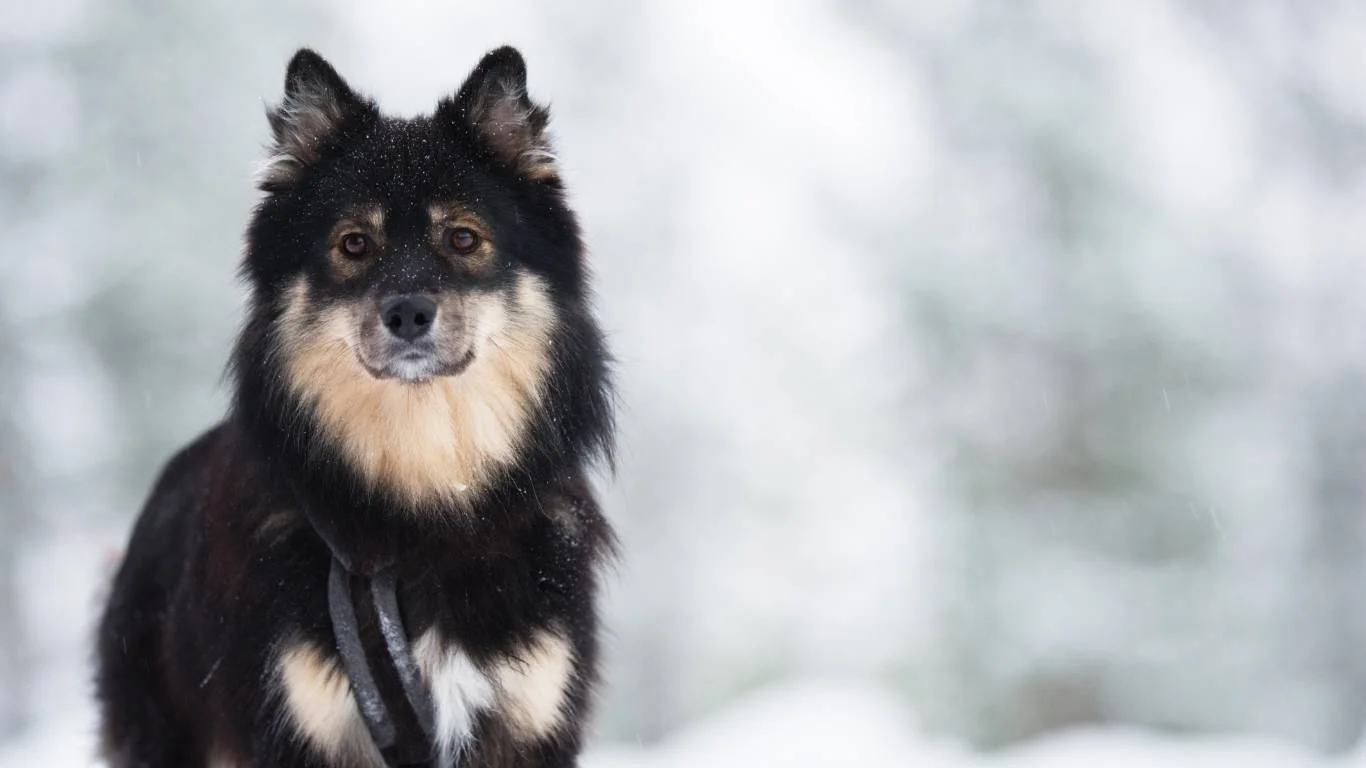
The Gradual Return to Play
This part can be tricky, because your dog might feel ready before their body is. Around day 5–7 post-op, many dogs start acting like their usual selves—bright-eyed, tail wagging, ready to zoom. But just because they feel good doesn’t mean they’re fully healed.
Here’s a general timeline I’ve seen work well in our practice (but always double-check with your vet):
- First 48 hours – Strict rest. Short leash walks for potty only.
- Days 3–7 – Continue rest, maybe add short sniff walks if approved.
- Week 2+ – Gradual return to light play and more structured walks.
- After suture removal (usually day 10–14) – Increase activity, but still no rough play or high jumps until cleared.
If your pup had orthopedic surgery or anything involving bones/joints, expect a much longer recovery with strict activity restriction. I once worked with a sweet boxer who had hip surgery—her rehab plan lasted 12 full weeks. We used a combo of hydrotherapy, leash walks, and mental enrichment to get her through it. Patience really is a virtue during recovery.
Keeping Their Mind Busy Without Physical Activity
This is where creativity helps. Dogs who can’t exercise physically still need to stay stimulated or they get bored—and bored dogs are more likely to chew their sutures, tear up bedding, or bark non-stop. Try these brainy alternatives:
- Snuffle mats or treat puzzles – Engaging and low-movement.
- Lick mats with peanut butter or plain yogurt
- Frozen Kongs stuffed with soft foods
- Training short sessions – Reinforce basics like “sit” and “stay.”
Mental work tires dogs out more than most people realize. A 10-minute nosework session can sometimes wear them out more than a 30-minute walk!
Monitoring Long-Term Recovery and Follow-Up Care
Don’t Skip the Post-Op Visit
Your vet will likely schedule a follow-up around a week or two after surgery. This appointment isn’t just about suture removal—it’s to ensure the healing process is on track. I’ve caught small issues early just by observing how a wound looked compared to what we expected. You’d be surprised how often something minor like mild irritation or premature licking can lead to complications when not addressed.
Bring a list of any symptoms or changes you’ve noticed since the surgery. Nothing is too small to mention—eating habits, potty patterns, mood changes, all of it matters.
What About Long-Term Effects?
Most dogs bounce back completely after anesthesia and surgery. But if you notice long-term changes—like lingering anxiety, new sensitivities, or appetite issues—it’s worth discussing. Some pets, especially older dogs or those with pre-existing conditions, may need more support after surgery than others. That could mean a nutritional shift, supplements, or even calming aids.
In our clinic, we’ve had great success using joint support supplements post-orthopedic surgeries, and omega-3s for inflammation in senior dogs. It’s not always about big changes—sometimes just switching to a joint-friendly diet or adding a calming chewie can make a noticeable difference. PetMD has some excellent guides if you want to dig deeper into supplement choices or nutrition post-op.
Resources, References & Final Thoughts
- AKC – Great resource for general canine health tips
- PetMD – Trusted veterinary medical content
- NIH – For deeper insight into anesthesia and pharmacology
Whether it’s your first time helping a dog through recovery or you’ve done it a dozen times, it’s never exactly easy—but it *is* manageable. With a bit of patience, some TLC, and the right game plan, you’ll both get through this stronger and more bonded than ever.
Disclaimer
This article is based on personal experience and professional insight from working as a veterinary assistant with a focus on nutrition. It is intended for informational purposes only and should not replace professional veterinary advice. Always consult with your vet regarding your dog’s specific condition or any concerns post-anesthesia.
